| (The following text is more current material
from Jim Theis about this very interesting project.)
July 2, 1999
Nighthawk I (Phase I):
Bird like lateral control and wings capable of twisting through +/- 25
deg under pilot command in flight; propulsion pusher prop (Soarmaster).
There are over one hundred
pictures including details of assembly and various shots of aircraft structure.
There is also much 8mm and about 10 minutes of 16mm film footage of the
aircraft as it progressed from ground runs> to first flight >to a well
behaved proto-bird. The 35mm prints and slides, and super 8mm
were taken by my wife, Linda who also helped with testing, documentation
and building. The photograph shows the Phase I Nighthawk project
as we debugged the birdlike lateral control system during 1979.
Nighthawk II (Phase II):
Replace the Pusher Prop with Flapping Wings; refine wing design to including
sweep and span reduction during upstroke, and several other modifications
including carbon spar...
During the intervening
20 years, a foundation theory of flapping wing propulsion was developed
and a research effort completed to develop a light, efficient , simple
flapping wing drive concept. At least a dozen of the scores of concepts
conceived to flap the 42 foot span wings of the Nighthawk II were reduced
to numbers and drawings. Only one made it completely through the
process successfully. Some of the concepts took a year to analyze
in and around making a living as VP and chief design engineer of small
turbines for Air Turbine Technology, Inc. (Company was sold in 1989 and
my brother, Charley and I started up a wheelchair development company and
moved our families from S. Florida to SE Minnesota).
Three years ago, July
'96, we licensed our wheelchair technology and I became a full time flapping
wing aircraft designer. Linda has sponsored the design effort (which is
how my wife became my boss...). Like the Prop driven Nighthawk I,
the Nighthawk II will be an ultralight (<254 lbs, stall, max speed within
parameters of FAR part 103...), and I will once again become a test pilot.
As fate would have it,
we are truly on a time line that parallels the Wright Brothers a hundred
years displaced. I expect us to go through similar learning curve
and through at least one complete design revision as we move forward to
successful first flight with flapping wing propulsion (hopefully before
Dec. 17, 2003). Having read the same article in Sport Aviation as Jim Marske,
I likewise planned to use Graphite pultrusion carbon rods in the construction
of various components. Jim is now a factory rep for AVIA SPORT's
rod, which is superior to the Graphlite product. If you have Jim's
e-mail address, please forward this note to him. He may be interested
in helping with our project, or at least in being in the communications
loop.
We have the domain name
Orinithopter.com; my son Charlie is putting together the site. The
whole story of this project will be accessible from there. We will
build and test the Nighthawk II real time on the web, limited only
by resources to present the material.
The work has been documented
since its beginning in January of 1974 in twenty bound log books (National
brand 5x5 quad) and seven bound sketch books (200 pages each). Since
the days of Super-Calc (Osborn I and II >CPM) and more particularly Lotus,
the analytical work is done using spreadsheets. There are many, many
spreadsheets documenting the evolution of thought about the physics of
flapping wings. The formal drawings are mostly AutoCad.dwg files,
but I have recently transitioned to Bentley Systems 2/3D cad. Before
I broke my back I used typical pen/ink drafting.
Since '89 we have had
to work on a shoe string budget For several years my family lived
in the shop while we built up the wheelchair technology to a marketable
level. During that time I did a sole source turbo-alternator design
for the Naval Weapons Power System group at China Lake, which was the source
of about all the cash we had to live on till we licensed the wheelchair
technology in '94. In '94 we had our first real theoretical break-through,
then in November of '96 the "final?" and most important piece of the puzzle
of flapping wing propulsion (to date) was discovered... by mid '97 we had
the first spreadsheet that could produce a flap rate, using our flapping
system and wings, about as low as a similar sized Great Blue
Herron. Finally, this year, a solution
was conceived to produce a drive to implement the flight mechanics
dictated by the discoveries and confirmed by the spreadsheets; ...the drive
is our "Wilbur Wright Bicycle Inner Tube Box... discovery" and as a result
we can finally go forward with drive system hardware. We will begin
building this year and testing this winter (there's only so much time we
can spend making less than 150 lbs of parts... we have a sponsor that will
manufacture one of the critical drive components to spec...).
For us, it is indeed true that The Wing is The
Thing: for propulsion!
Our aim is to make a first step towards low power,
highly maneuverable, flapping wing Local Flight..., Bird Like Flight.
July 25, 1999
It's very hard for me to think of Ornithopters
as anything other than an extremely useful new class of aircraft that we
have only just barely gained the ability to design, build and fly successfully.
Sometime between now and the Wright Centennial, the first piloted, powered
Ornithopter will fly. After that we will begin a very exciting and
challenging aircraft technology, and theoretical aerodynamics development
period. Our team will contribute our bit.
|
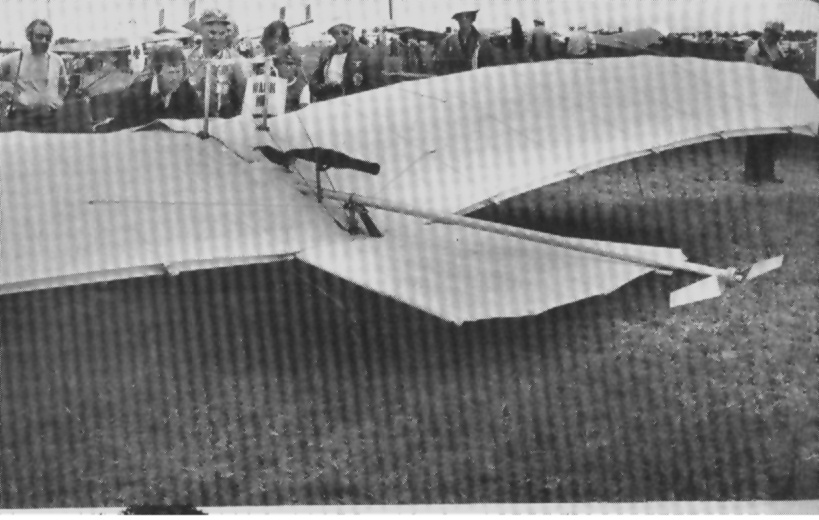
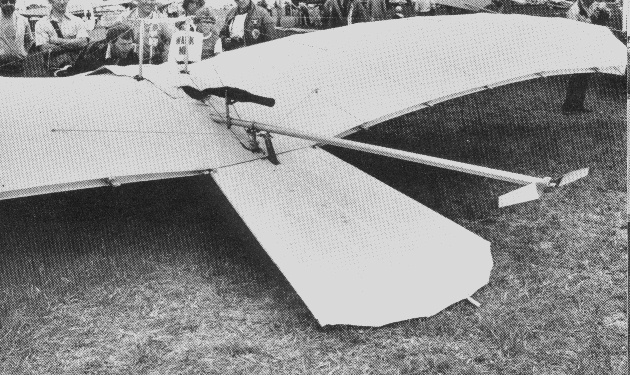
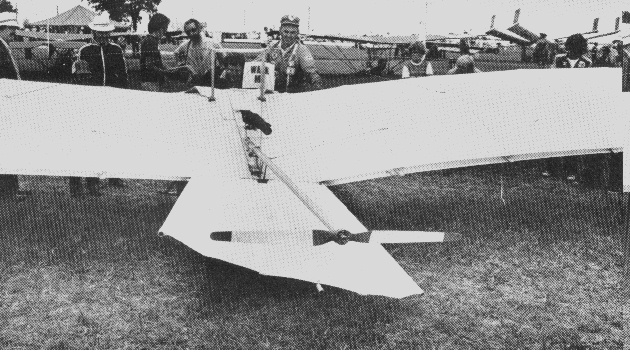
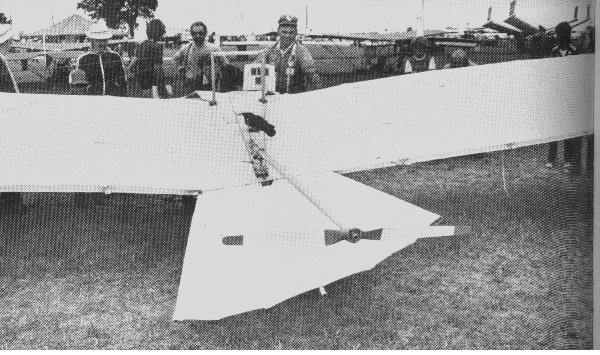
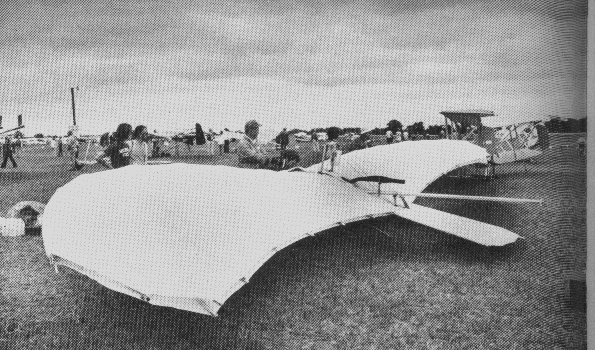
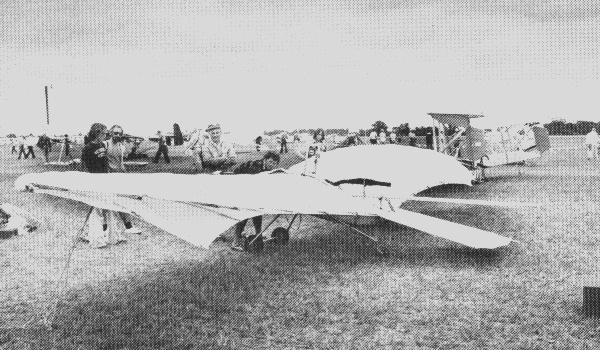
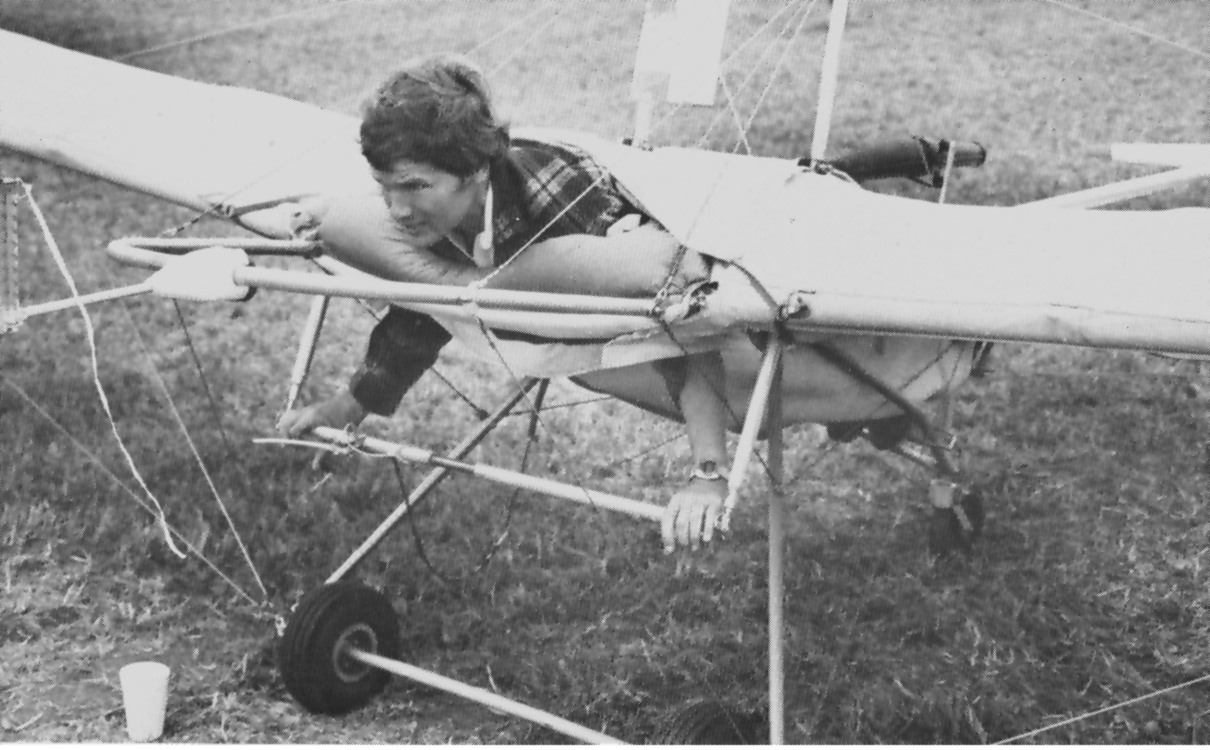
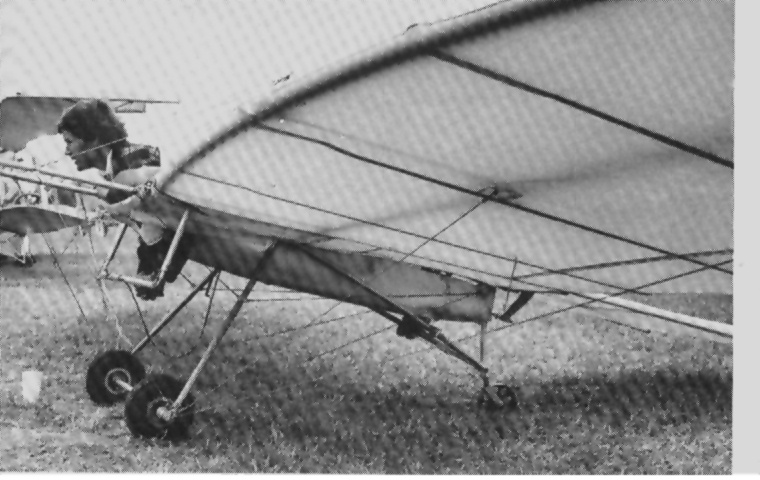
![]()